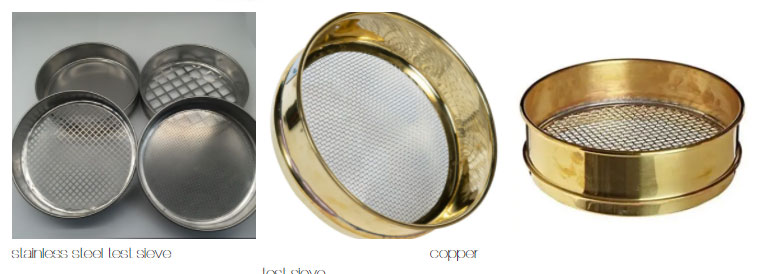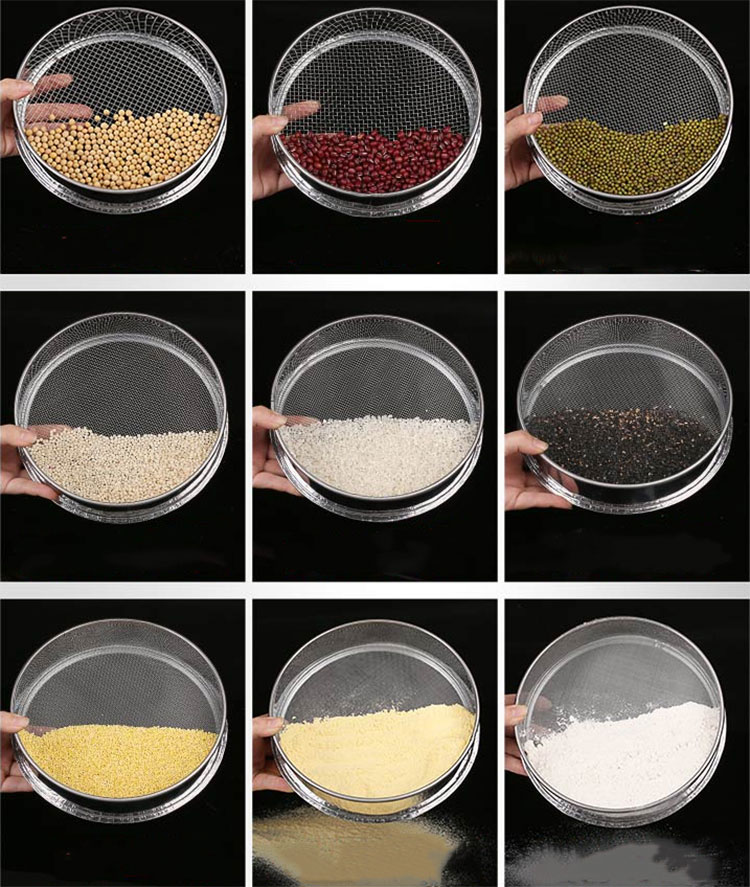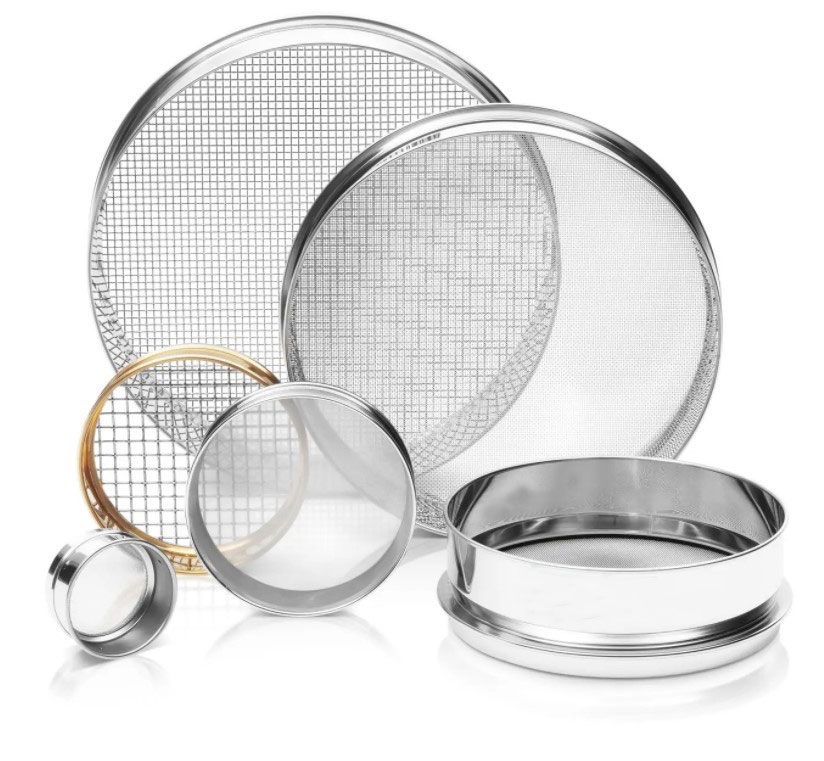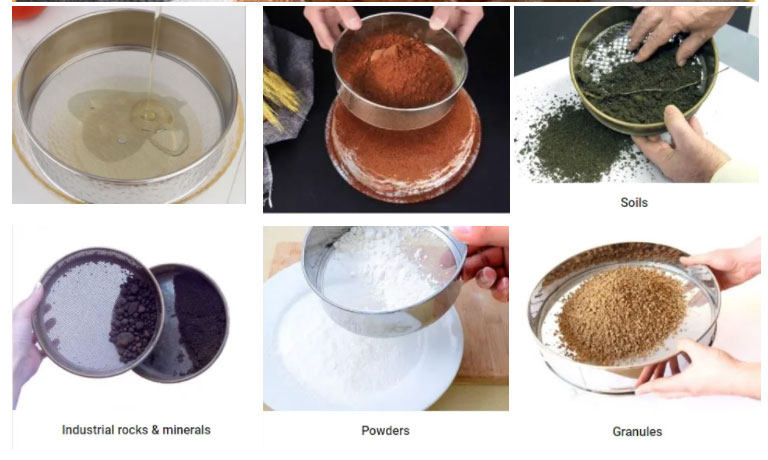Grain Sieves are one of the common laboratory supplies in the laboratory, which come in different shapes and sizes and are used to separate substances into different sizes according to the size of the particles. Test sieves are usually woven of fine wire, usually steel mesh. Test sieves are widely used in cement, construction, chemistry, food, light industry, medicine, mining and other fields. Standard test sieves are commonly used in laboratories. So how many types of test sieves are there? Let's take a look at the classification of test sieves.


(1) Metal screen: steel screen is usually used.
(2) Inorganic non-metal mesh: such as glass, ceramics, silica gel, etc.
(3) Organic non-metal mesh: such as textiles, paper, plastic, metal mesh, etc.

(1) Conventional test sieves: 80, 100, 120, 140, 170, 200, 240, 270, 325 meshes are commonly used.
(2) Miniature test sieves: Vibration test sieves driven by standard motors are usually used. Their mesh size varies from 38 microns to 5 mm.
(3) Special test sieve: usually used in the field of rough separation or small sample separation. They can be machined to a mesh size of 100 mm or larger.

(1) Circular sieve plate: The sieve hole is usually round, and it is usually used for sieving small particles or fine powders.
(2) Square sieve plate: The sieve holes are usually square or rectangular, and are usually used for grading large or loose particles.
(3) Sieve plates of other shapes: such as pentagonal, hexagonal and other sieve holes.

(1) Metal sieve plate: generally made of tungsten carbide, stainless steel, hard alloy steel and other wear-resistant materials.
(2) Plastic sieve plate: usually made of polyethylene, polypropylene, etc., especially suitable for screening wet powder, fine powder and particularly sticky powder.
(3) Ceramic sieve plate: especially suitable for chemical, pharmaceutical, food and other fields.
(4) Other materials: such as glass, silica gel, etc.
Generally speaking, according to the difference in material, sieve hole size, sieve plate structure, sieve plate material, etc., the test sieve can be divided into many types. Different test sieves are suitable for different fields, and choosing a suitable test sieve can improve the efficiency of the experiment and the accuracy of the results.
Address:China,Yanjin county forest park gate to the west 1000 meters north road.